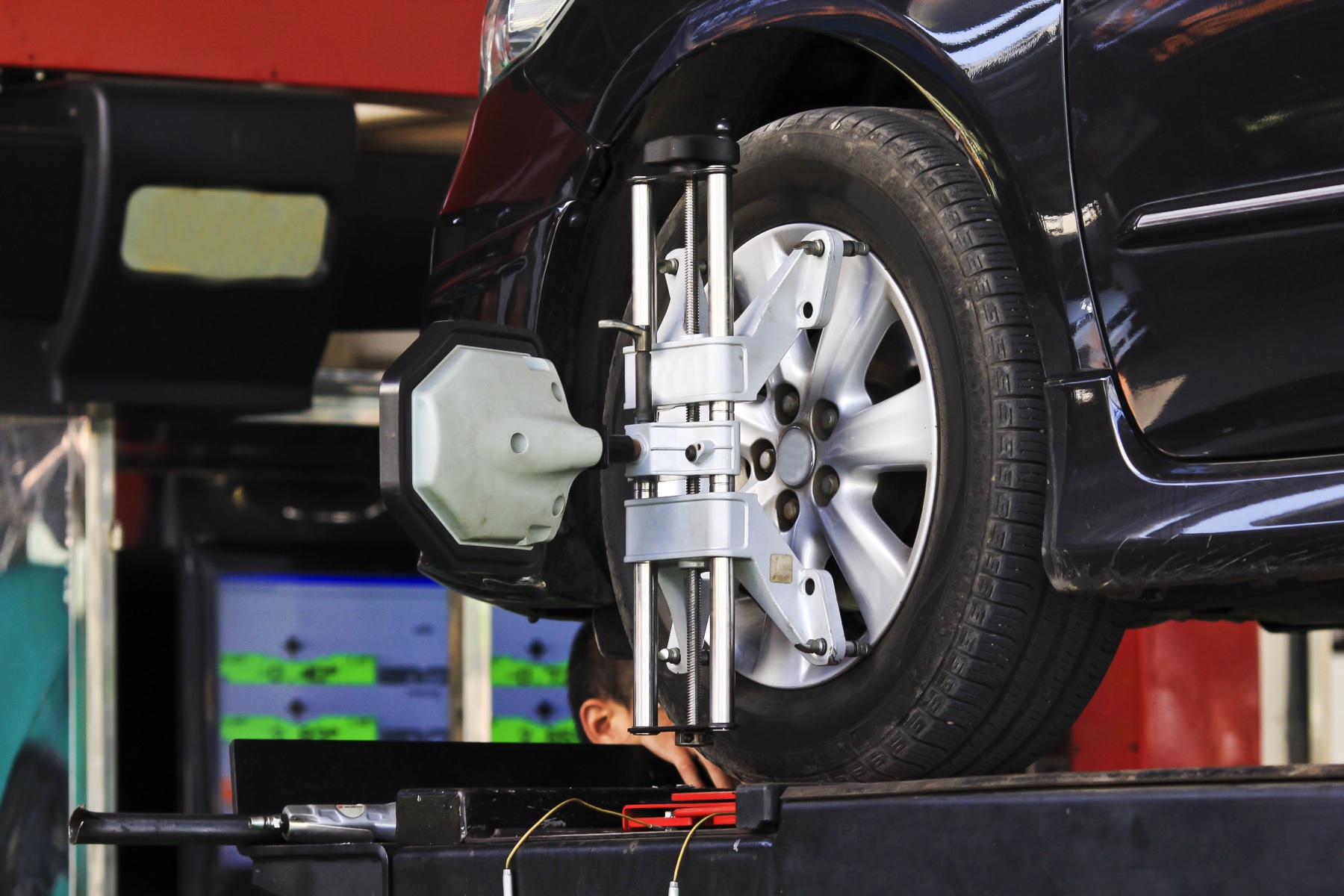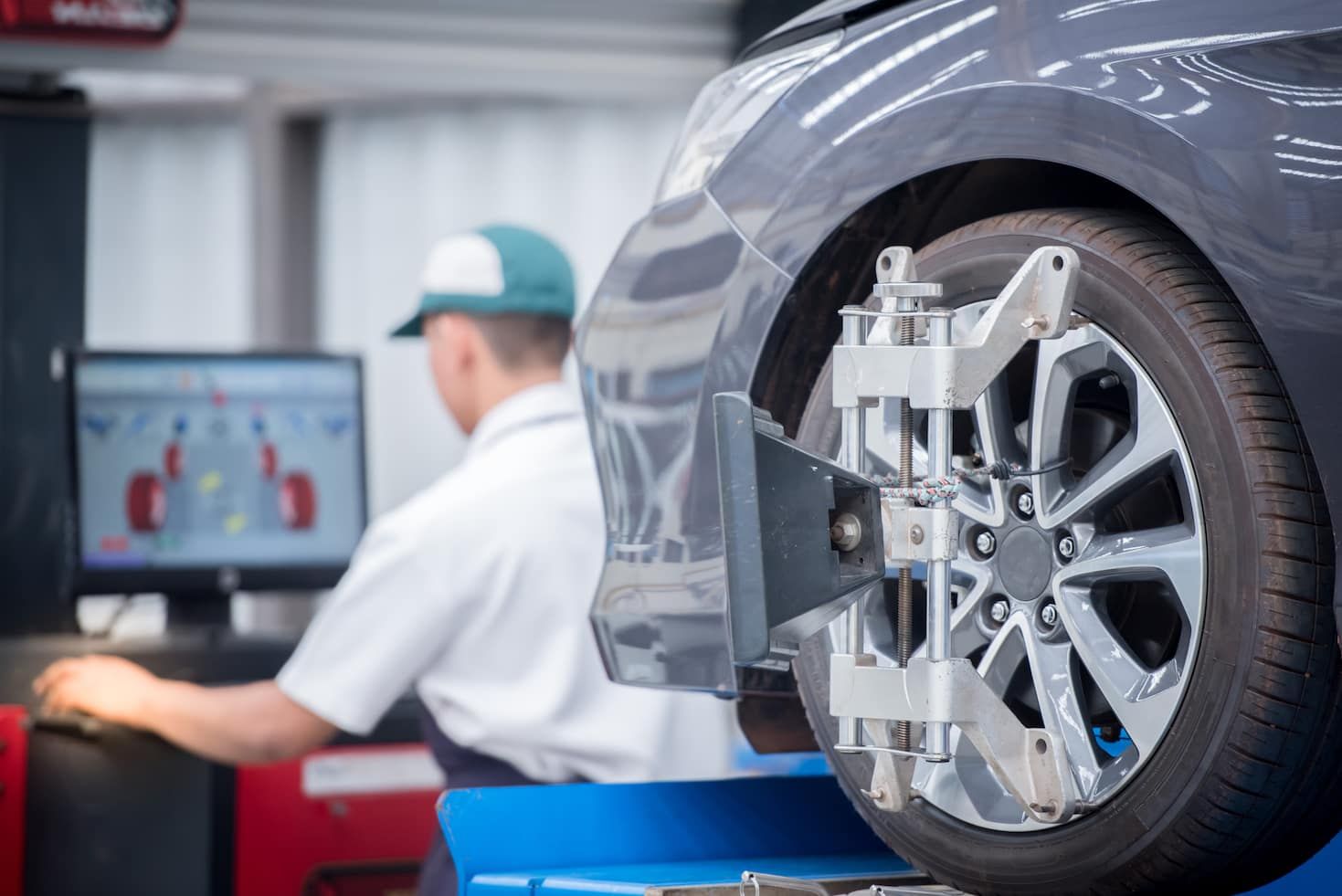As a responsible vehicle owner, it’s essential to ensure your car remains in top condition to guarantee a safe and optimal driving experience.
One crucial aspect of vehicle maintenance that should not be overlooked is wheel alignment. Proper wheel alignment plays a key role in preserving your car’s performance, handling, and tyre longevity.
This article will offer a detailed explanation of the significance of wheel alignment, the common signs to watch for, and how to maintain proper alignment for your vehicle.
Wheel alignment involves adjusting your vehicle’s suspension components to ensure the wheels are properly angled and centered.
This adjustment allows for even tyre wear and helps maintain the health of your vehicle. There are several reasons why proper alignment is vital.
First, it greatly enhances handling and stability, making driving safer and more enjoyable. Second, correct alignment reduces stress on the suspension system, minimizing the risk of early wear and damage.
Lastly, proper alignment promotes even tyre wear, which extends the lifespan of your tyres and can save you money on replacements.
Driving with misaligned wheels can cause a variety of problems, including poor handling, decreased fuel efficiency, and uneven tyre wear.
To identify potential alignment issues, watch for common signs such as your vehicle pulling to one side while driving, uneven or rapid tyre wear, or a crooked steering wheel when driving straight.
Preventative maintenance is key to ensuring proper wheel alignment and avoiding these problems.
Regularly inspecting your vehicle for alignment issues and scheduling routine alignment checks can help keep your car in excellent condition, improving both its performance and longevity.
An Overview of Wheel Alignment Measurements
To fully appreciate the importance of wheel alignment, it’s helpful to understand the three primary alignment measurements: caster, camber, and toe.
These angles all impact your vehicle’s stability, handling, and tyre wear.
1. Caster:
Caster refers to the angle of the steering axis relative to the vehicle’s vertical position. This measurement influences your car’s high-speed stability and steering responsiveness.
A positive caster angle improves stability at high speeds but may require more effort to steer. A negative caster angle, on the other hand, makes steering easier but may reduce stability at higher speeds.

2. Camber:
Camber is the angle at which the wheels are tilted relative to the vehicle’s vertical position when viewed from the front or rear.
A positive camber angle means the top of the wheel tilts outward, while a negative camber angle means it tilts inward.
Improper camber can lead to uneven tyre wear and negatively affect your vehicle’s handling and cornering ability.
3. Toe:
Toe refers to the difference in distance between the front and rear of the tyres when viewed from above. If the front of the tyres is closer together than the rear, this is called toe-in.
If the rear is closer together than the front, this is called toe-out. The toe angle affects tyre wear and plays a role in the vehicle’s handling characteristics.
Warning Signs of Improper Wheel Alignment
As mentioned earlier, there are several signs that your vehicle may be suffering from misaligned wheels. These include:
1. Vehicle pulling to one side:
If your car consistently drifts to one side while driving on a straight, level road, it could indicate an alignment problem.
2. Uneven or rapid tyre wear:
Misalignment can cause your tyres to wear unevenly or more quickly than expected. Look for irregular wear patterns, such as feathering or scalloping on the tread of the tyres.
3. Crooked steering wheel:
If your steering wheel is not centered when driving straight, this may be a sign that your wheels are misaligned.
Maintaining Proper Wheel Alignment: Tips and Tricks
To maintain correct wheel alignment and avoid the complications of misalignment, consider these practical tips:
1. Schedule regular alignment checks:
Routine wheel alignment checks are essential for maintaining your vehicle’s performance and longevity.
It is recommended to have your alignment checked every 10,000 to 20,000 kilometers, or as specified in your vehicle’s owner’s manual.
2. Inspect your tyres regularly:
Regularly check your tyres for signs of uneven or premature wear, and ensure they are properly inflated.
Correct tyre pressure can help achieve better wheel alignment and improve performance.
3. Be mindful of your driving habits:
Avoid hitting curbs, potholes, or other obstacles that could disrupt your vehicle’s alignment. Take extra care when driving on rough or uneven surfaces.
4. Address suspension or steering issues promptly:
If you notice any problems with your vehicle’s suspension or steering system, address them as soon as possible to prevent alignment issues from worsening.

